Increasing Energy Demand
The growing energy demand in Japan is a crucial driver for the photovoltaic market. As the population continues to rise and urbanization accelerates, the need for sustainable energy sources becomes more pressing. In 2025, Japan's energy consumption is projected to increase by approximately 1.5% annually. This trend necessitates a shift towards renewable energy, particularly solar power, to meet the rising demand. The photovoltaic market is positioned to benefit from this shift, as solar energy offers a viable solution to energy shortages. Furthermore, the Japanese government has set ambitious targets for renewable energy, aiming for 36-38% of its energy mix to come from renewables by 2030. This commitment indicates a strong potential for growth in the photovoltaic market, as investments in solar technology and infrastructure are likely to increase significantly.
Declining Costs of Solar Technology
The decreasing costs associated with solar technology are significantly influencing the photovoltaic market in Japan. Over the past decade, the cost of solar photovoltaic systems has dropped by nearly 80%, making solar energy more accessible to both residential and commercial users. This trend is expected to continue, with projections suggesting that prices may decline further by 10-15% in the next few years. As affordability increases, more consumers and businesses are likely to adopt solar solutions, thereby expanding the market. Additionally, the Japanese government has implemented various initiatives to support the adoption of solar technology, including subsidies and tax incentives. These financial incentives, combined with the declining costs of solar panels and installation, are expected to drive growth in the photovoltaic market, making it a more attractive option for energy generation.
Rising Public Awareness of Sustainability
The increasing public awareness regarding sustainability and environmental issues is significantly impacting the photovoltaic market in Japan. As citizens become more conscious of climate change and the need for clean energy, there is a growing demand for renewable energy solutions. Surveys indicate that over 70% of the Japanese population supports the transition to renewable energy sources, with solar power being a preferred option. This shift in public sentiment is driving both consumer behavior and corporate responsibility, as businesses seek to align with sustainable practices. In 2025, it is anticipated that more companies will invest in solar energy to enhance their corporate image and meet consumer expectations. This societal shift towards sustainability is likely to create a favorable environment for the photovoltaic market, encouraging further investments and innovations in solar technology.
Technological Innovations in Solar Energy
Technological advancements play a pivotal role in shaping the photovoltaic market in Japan. Innovations such as bifacial solar panels, which capture sunlight on both sides, and improved energy storage solutions are enhancing the efficiency and effectiveness of solar energy systems. In 2025, the efficiency of solar panels is expected to reach an average of 22-24%, significantly boosting energy output. Furthermore, the integration of smart grid technology allows for better energy management and distribution, optimizing the use of solar energy. These advancements not only improve the performance of photovoltaic systems but also reduce the overall cost of solar energy production. As these technologies become more prevalent, they are likely to attract further investment in the photovoltaic market, fostering a more competitive landscape and encouraging wider adoption of solar energy solutions.
Government Support and Regulatory Framework
The supportive regulatory framework established by the Japanese government is a vital driver for the photovoltaic market. The Feed-in Tariff (FiT) system, which guarantees fixed payments for solar energy producers, has been instrumental in promoting solar energy adoption. As of 2025, the FiT rates are expected to remain attractive, encouraging more investments in solar projects. Additionally, the government has set clear targets for renewable energy, aiming for a substantial increase in solar capacity by 2030. This regulatory environment not only provides financial incentives but also fosters a stable market for investors and developers. The commitment to renewable energy is further reflected in Japan's long-term energy strategy, which emphasizes the importance of solar power in achieving energy security and sustainability. Consequently, the supportive policies and regulations are likely to propel the growth of the photovoltaic market in Japan.


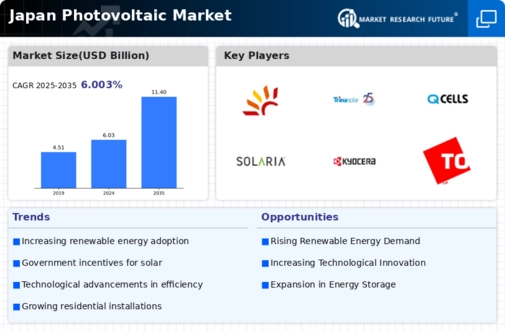

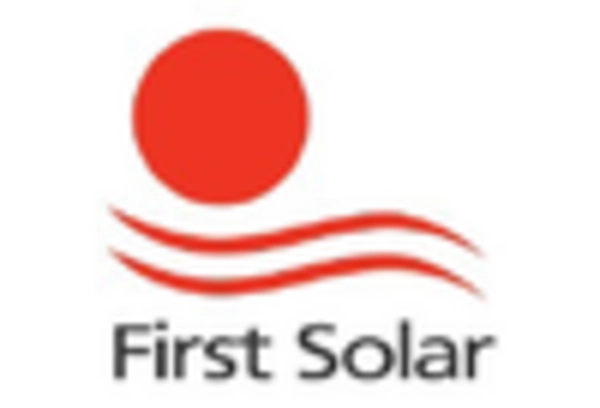
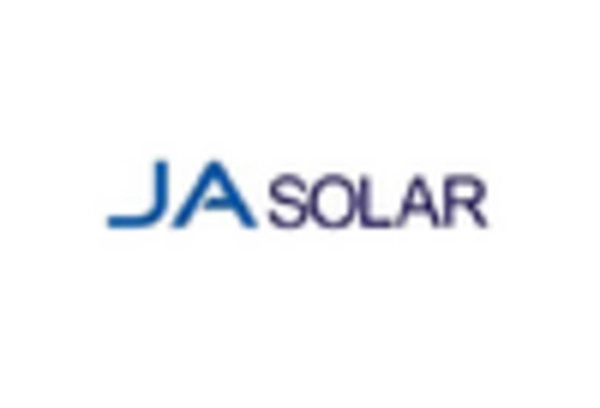
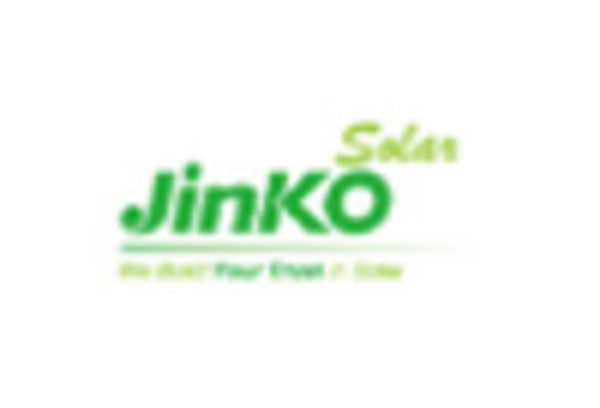
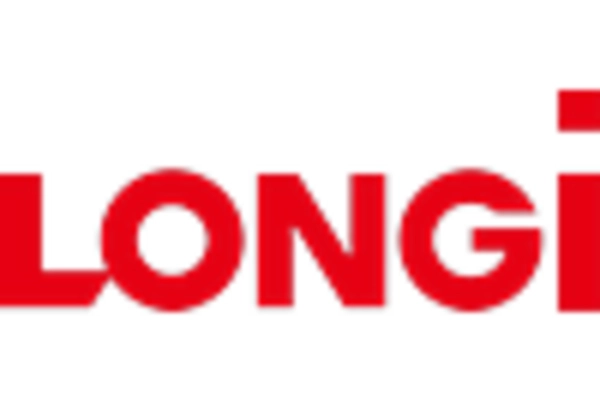
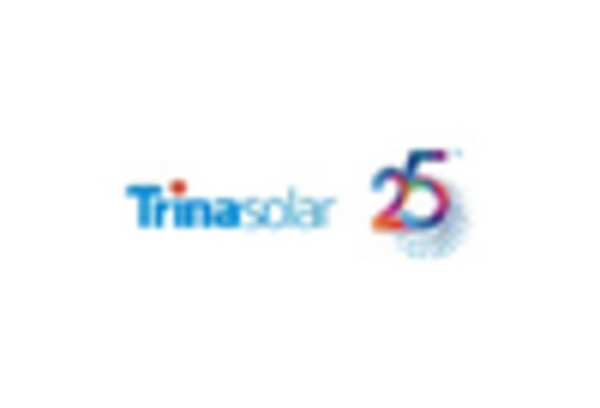








Leave a Comment